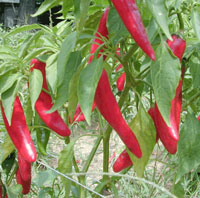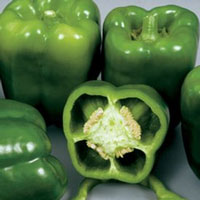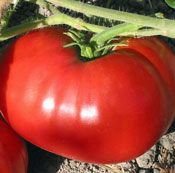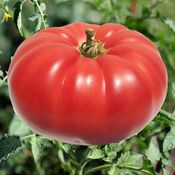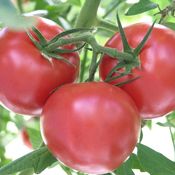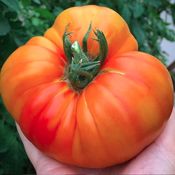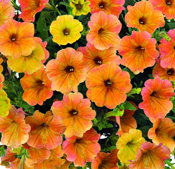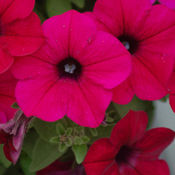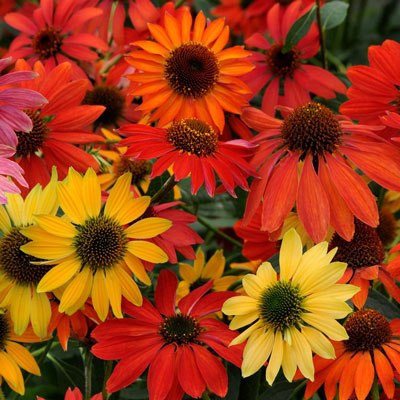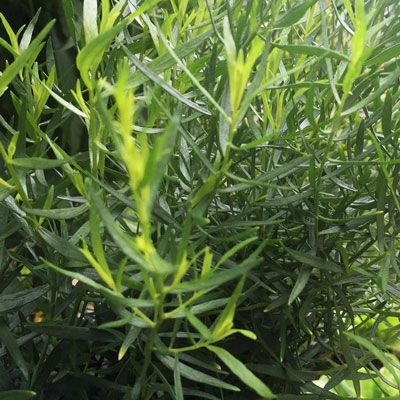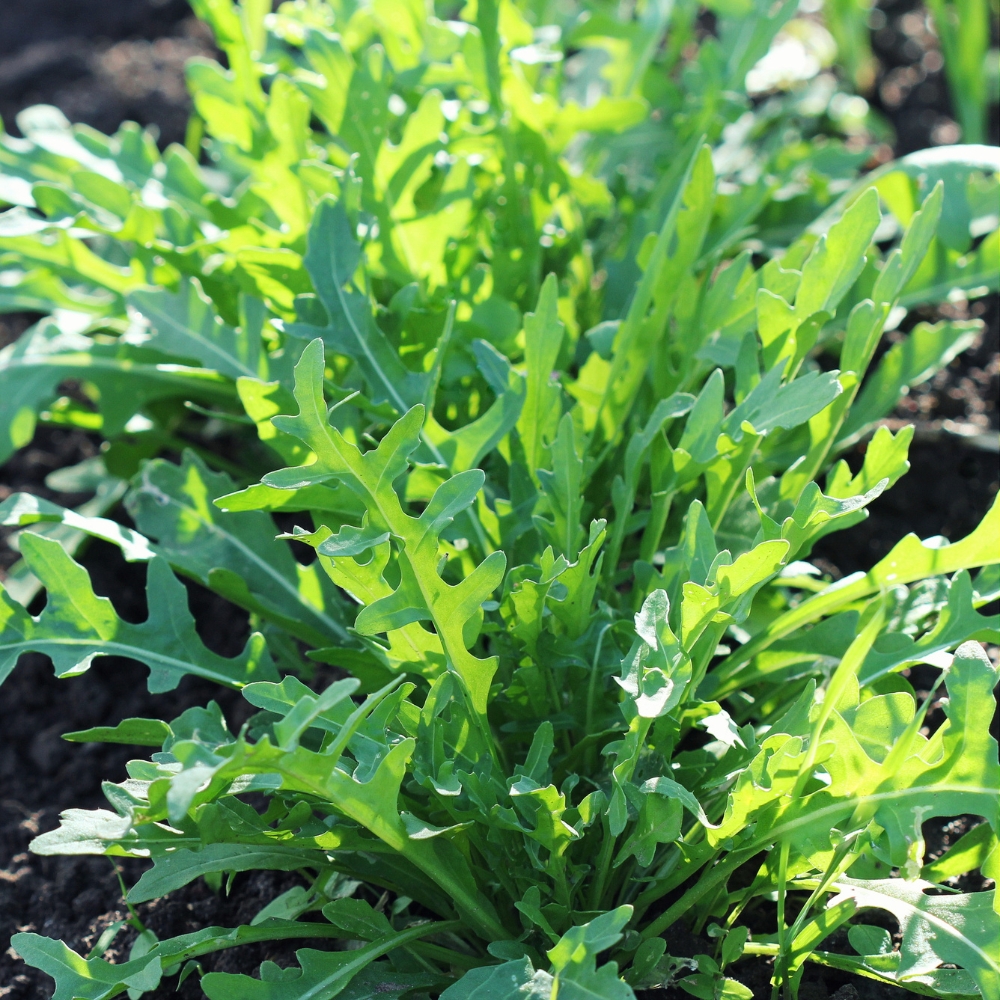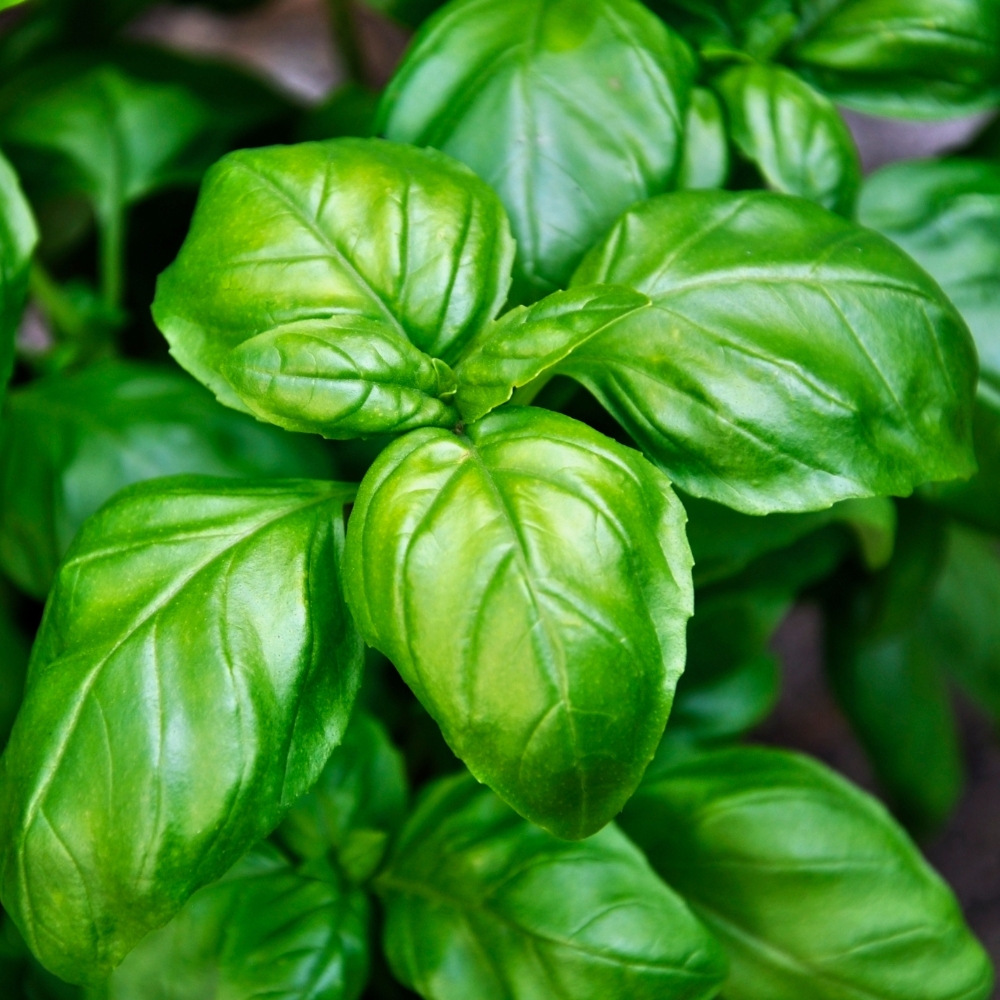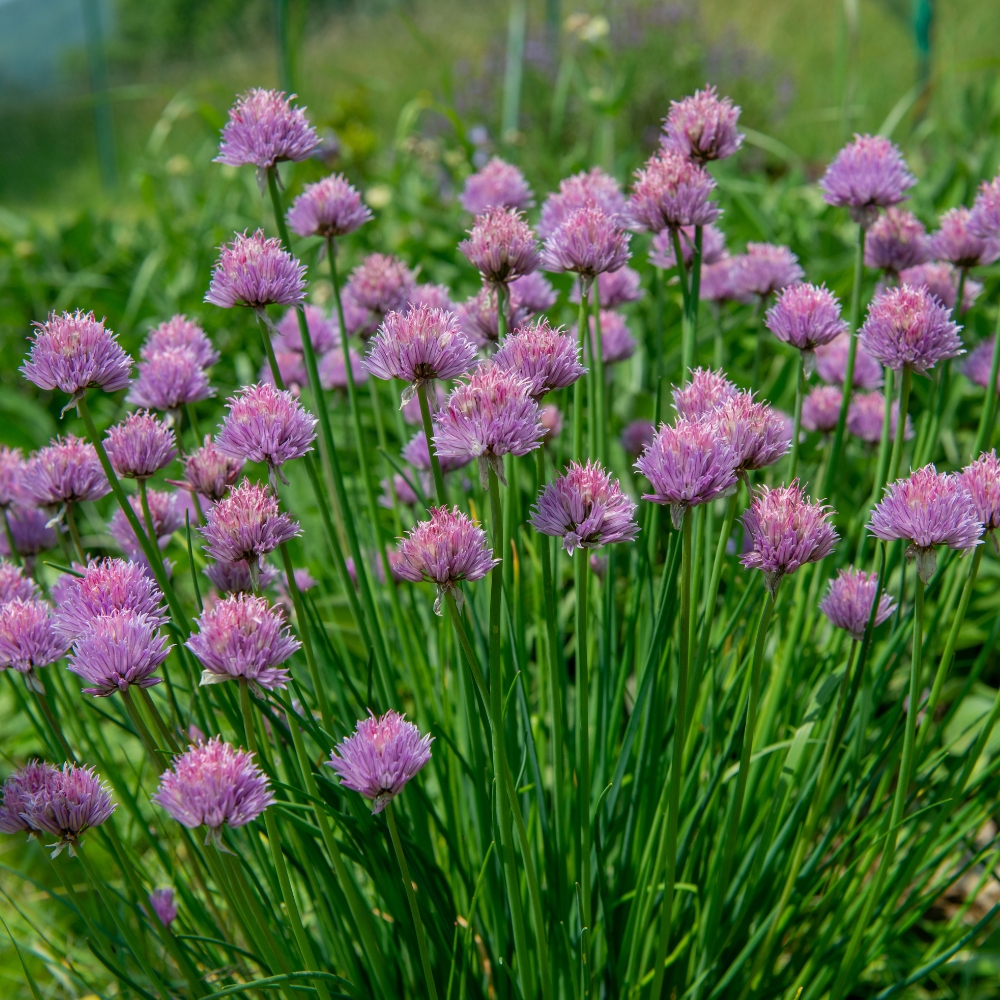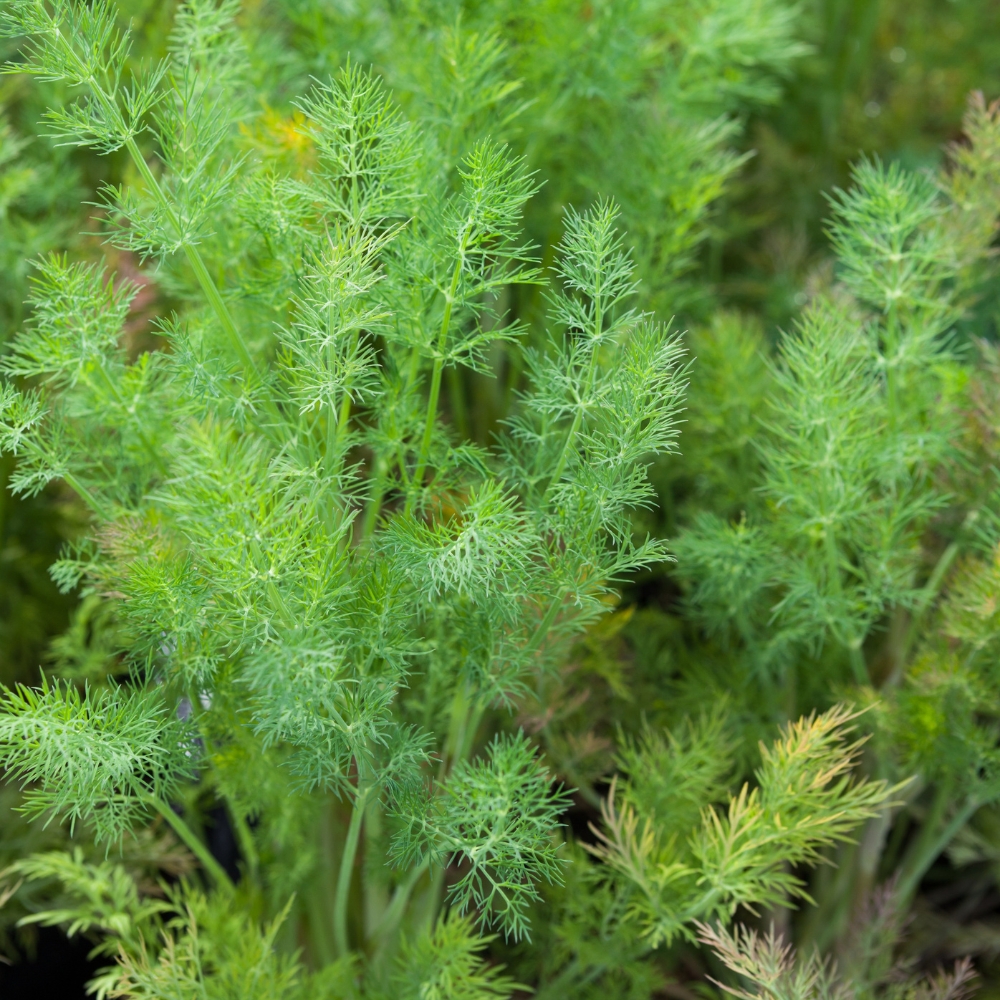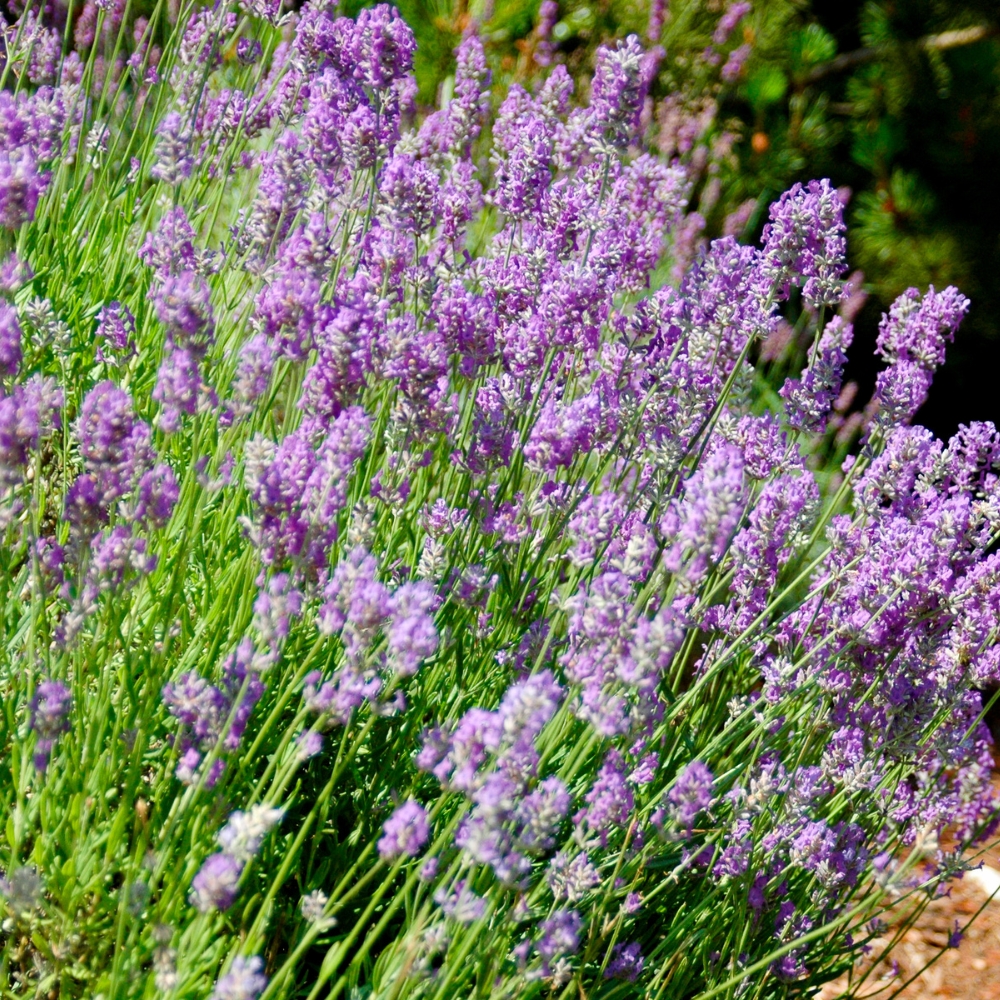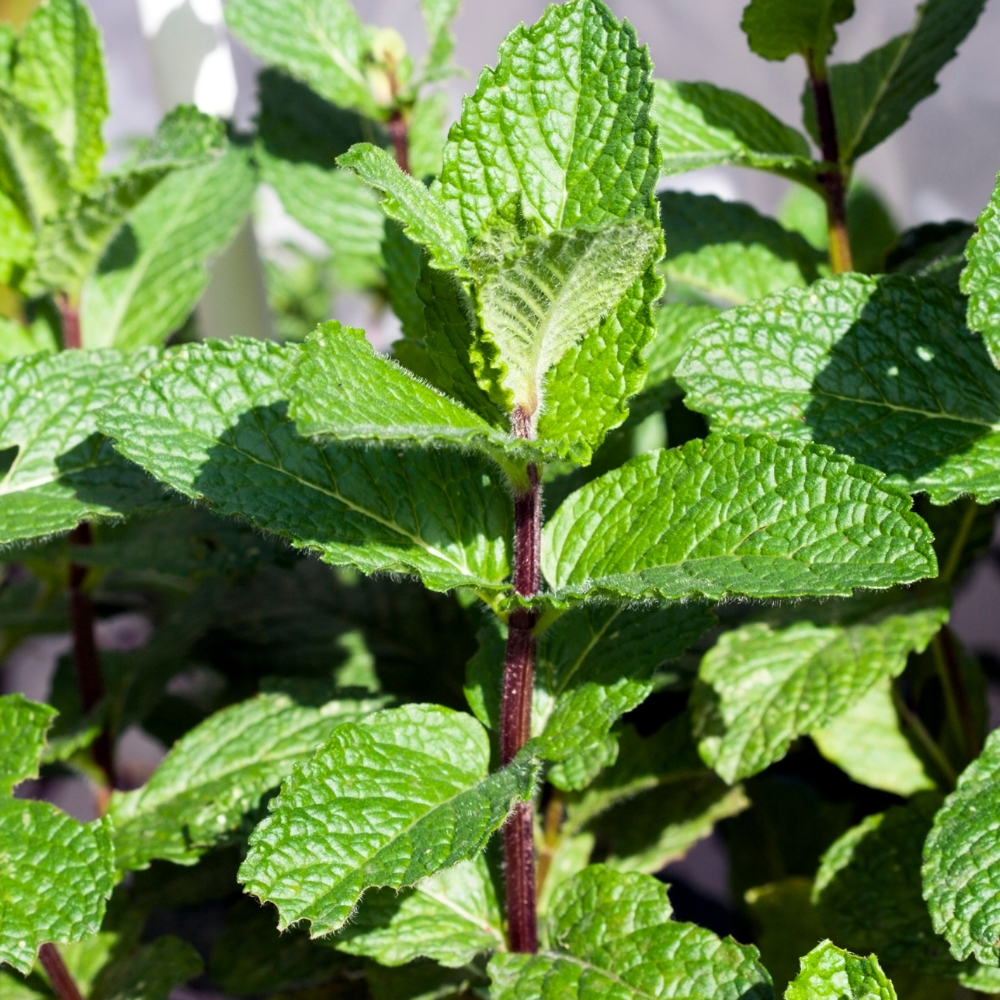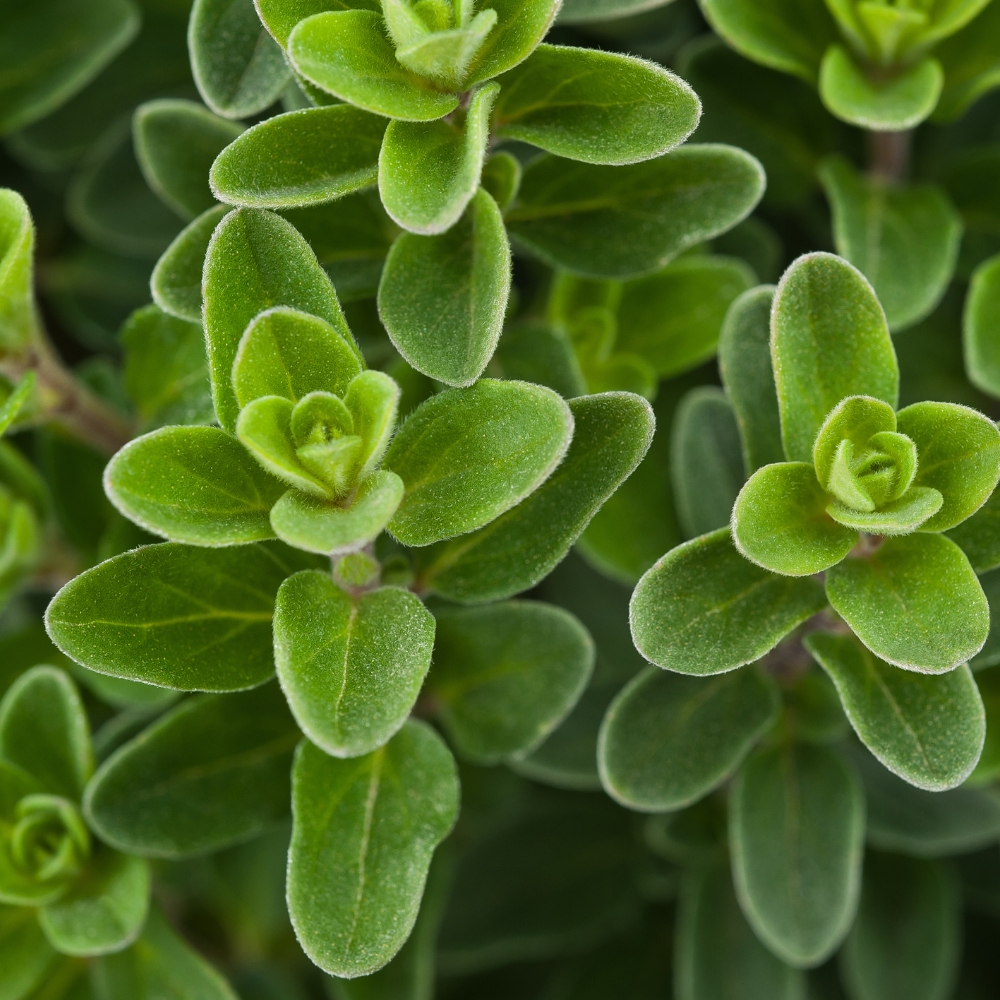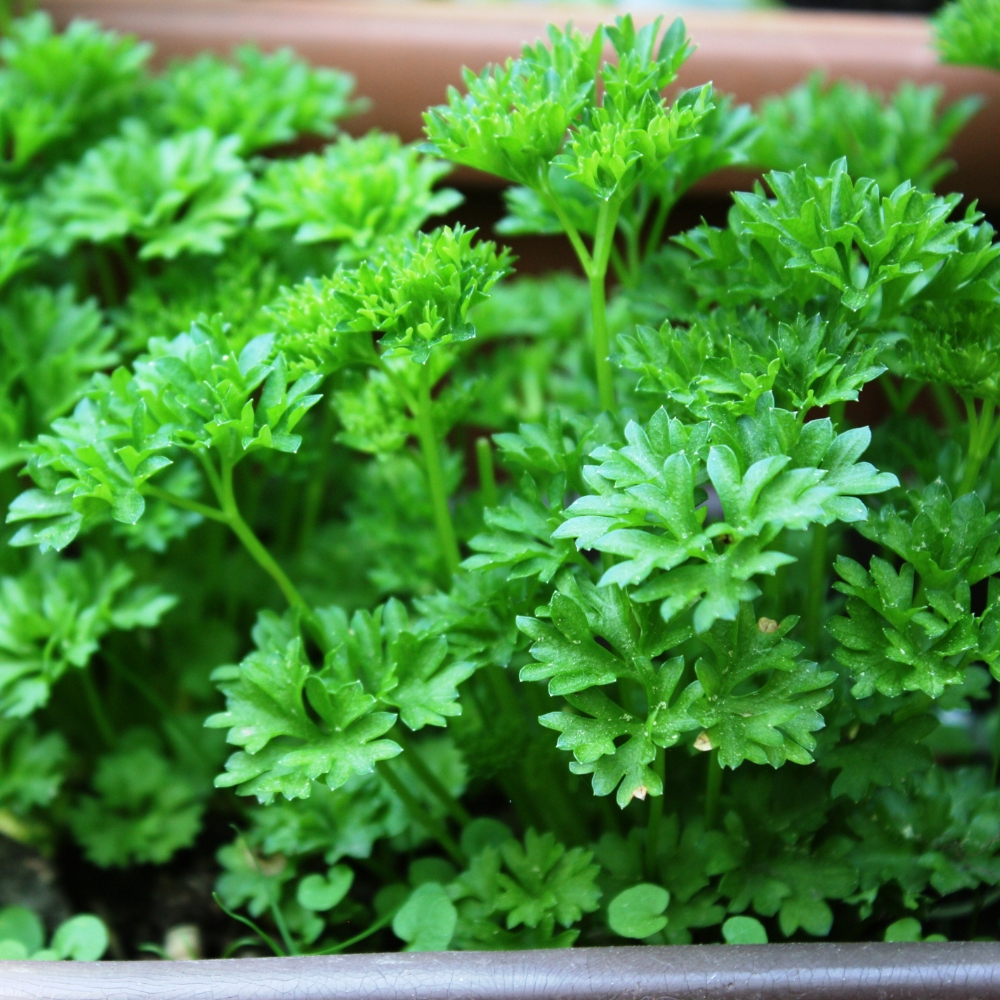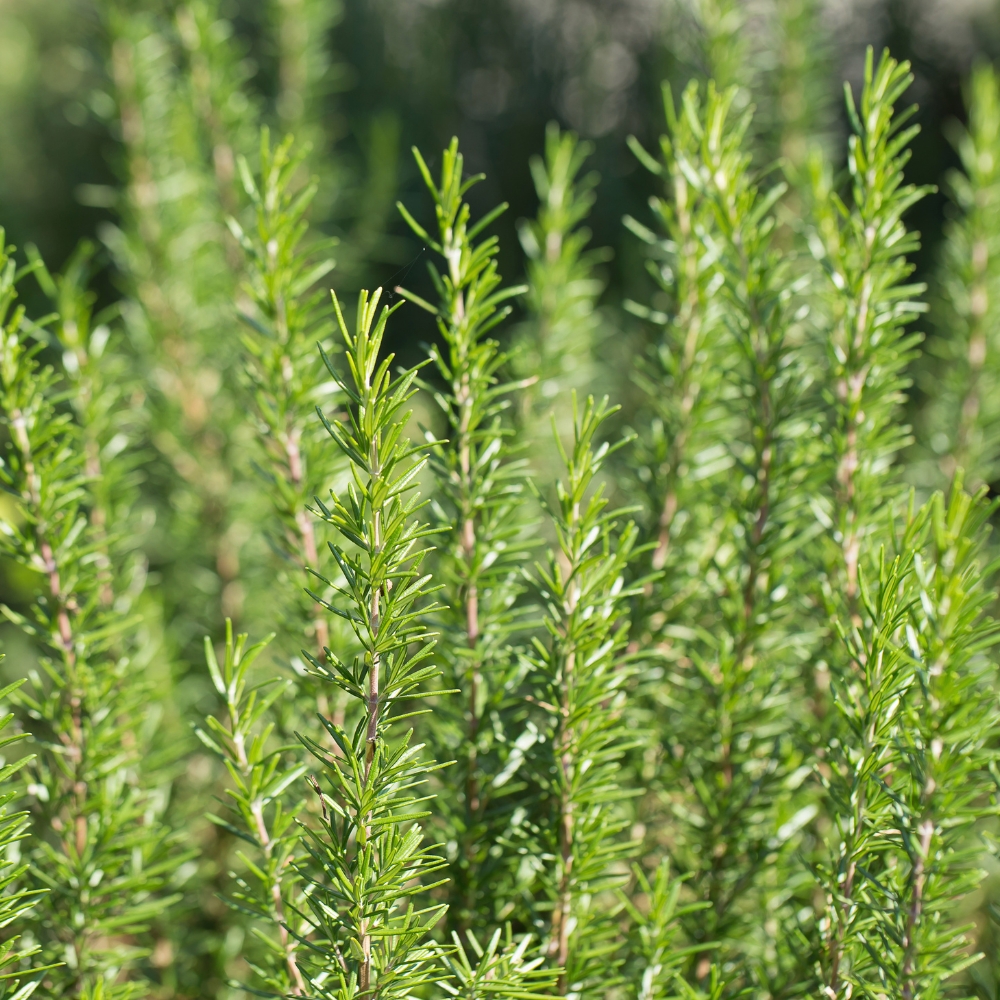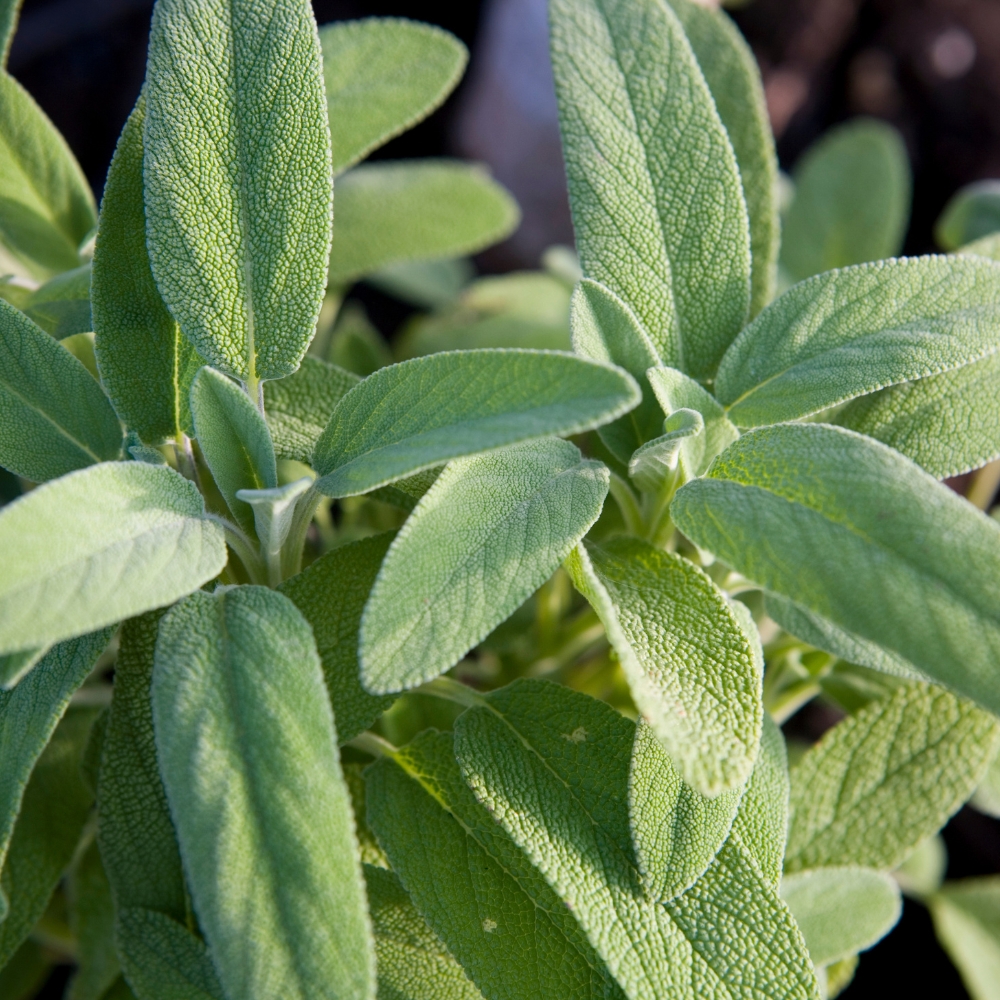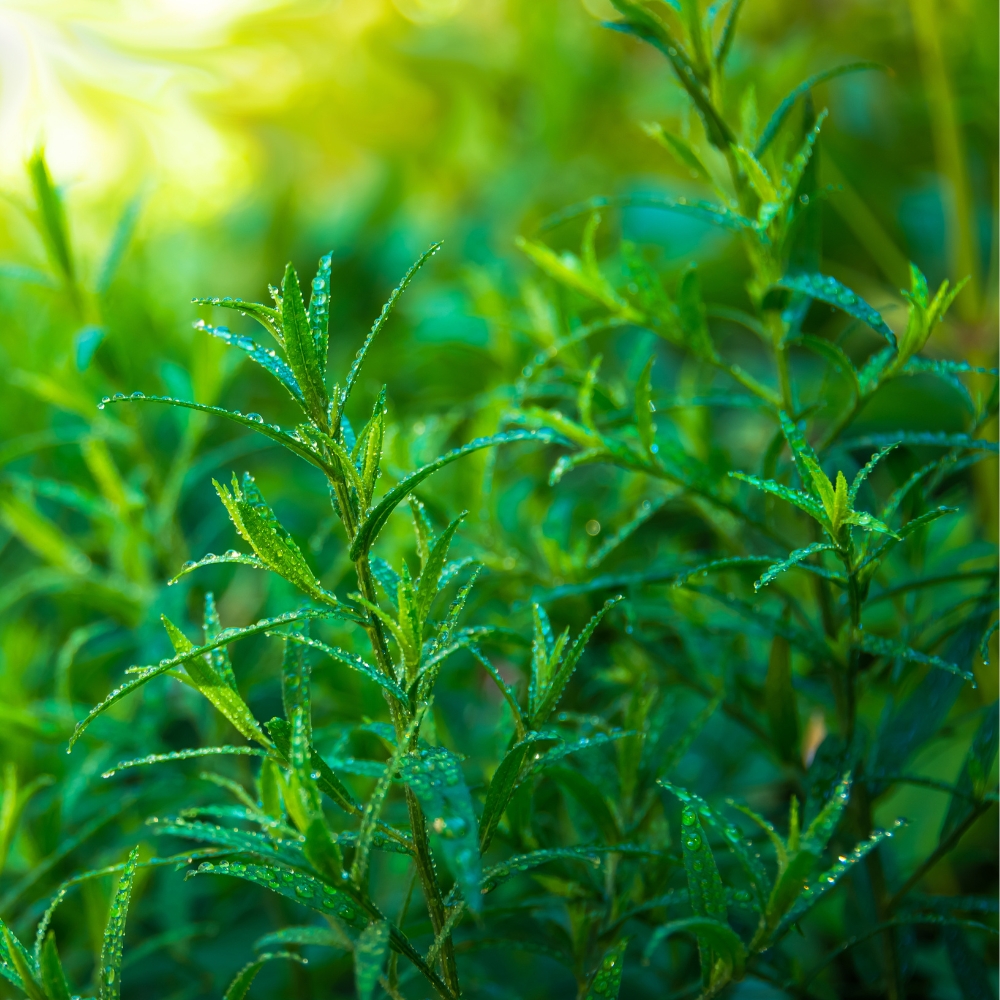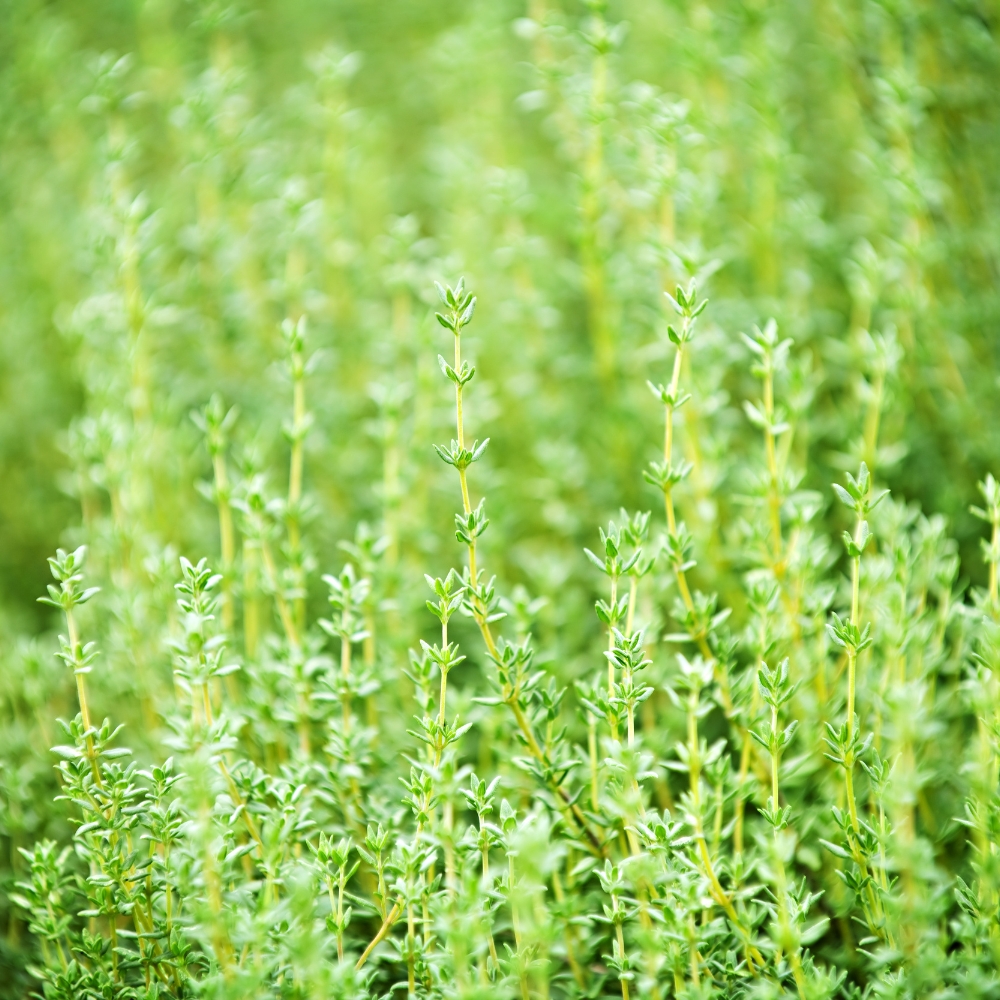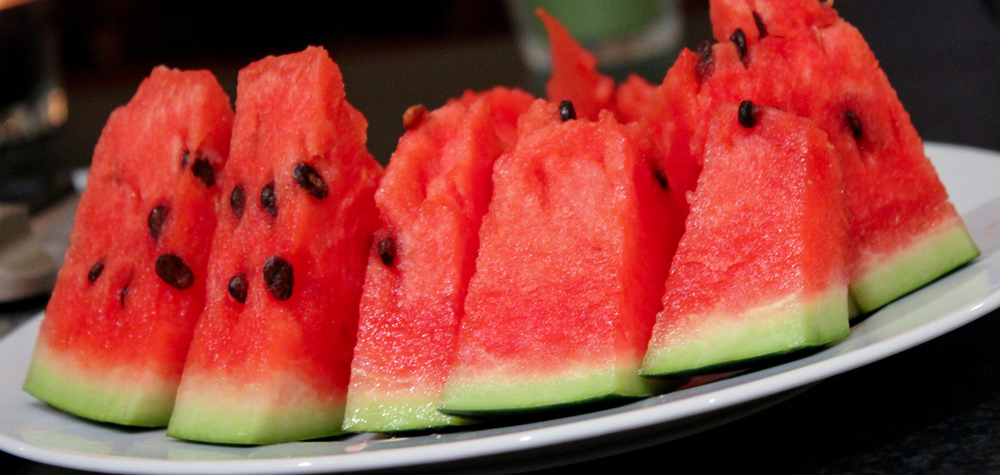Whether you’re a seasoned gardener or just getting started, growing watermelons is one of the most rewarding experiences in the garden. There’s nothing quite like slicing into a homegrown watermelon—sweet, juicy, and bursting with summer flavor. These sprawling vines thrive in warm weather, rewarding you with large, refreshing fruits that taste like pure sunshine.
This guide has everything you need to turn a tiny seed or young plant into a garden superstar. From soil prep to fertilizing and pest control, we’ll walk you through each step to grow the perfect watermelon.
Why Grow Watermelons?
Watermelons are summer’s ultimate thirst-quencher, but they’re not just delicious—they’re also packed with hydration and nutrients. These juicy fruits are 92% water, making them an excellent way to stay cool and refreshed. Plus, they’re loaded with vitamins A and C, lycopene, and antioxidants that support skin health, heart health, and immune function.
Growing your own ensures you get the freshest, most flavorful fruit without any unnecessary chemicals. Plus, homegrown melons allow you to experiment with unique varieties not typically found in stores.
Types of Watermelons
- Crimson Sweet: A classic variety with deep red flesh, crisp texture, and balanced sweetness.
- Sugar Baby: A compact icebox variety producing small, ultra-sweet melons that fit easily in the fridge.
- Charleston Gray: Known for its elongated shape and tough rind, making it great for storage.
- Moon and Stars: A stunning heirloom with dark green skin speckled with yellow “stars.”
- Jubilee: A high-yielding variety with huge fruits that can reach up to 40 pounds.
- Yellow Doll: A striking yellow-fleshed variety that’s extra sweet and refreshing.
Let’s Get Started! You’ll Need:
- A sunny garden space with at least 8 hours of direct sunlight per day
- Loose, well-draining soil
- Space! Watermelon vines love to sprawl and need plenty of room to spread, figure a 5-foot x 5-foot area per plant
Step-by-Step Planting Instructions
Preparing the Soil:
Watermelons thrive in loose, well-draining soil with a pH between 6.0 and 7.0. Heavy clay soil can restrict root growth, so if needed, amend with compost and sand to improve aeration. Raised beds and mounds work exceptionally well, as they warm the soil faster and improve drainage.
Planting Time:
Watermelons love warm soil and warm weather, so timing is key!
- Seeds: Sow directly in the garden when soil temperatures reach at least 70°F (usually 2 weeks after the last frost).
- Starter Plants: If using transplants, harden them off before planting outdoors and wait until all danger of frost has passed.
Starting Watermelon from Seeds
- Sow 3-5 seeds directly in mounds or rows, 1 inch deep.
- Space plantings 3 to 5 feet apart to allow vines room to spread.
- Water well after planting and keep soil moist but not soggy.
- Thin seedlings to the strongest plant per mound once they are 3-4 inches tall.
Transplanting Watermelon Seedlings
- Harden Off: Expose seedlings to outdoor conditions before transplanting.
- Prepare the Soil: Dig a hole slightly larger than the root ball of your transplant.
- Plant at the Right Depth: Place the seedling in the hole so the top of the root ball is level with the surrounding soil.
- Spacing: Plant seedlings 3 to 5 feet apart to allow for vine growth.
- Water Thoroughly: Water at the base of the plant to help the roots establish.
- Mulch: Adding 2-3 inches of mulch around the base is an option to retain moisture and suppress weeds.
Caring for Your Watermelons
Watering:
Watermelons have deep roots, but they need consistent moisture for juicy fruit:
- Provide 1 to 2 inches of water per week, adjusting based on rainfall.
- Avoid overhead watering to prevent fungal diseases.
- Reduce watering once melons begin ripening to concentrate sweetness in the fruit.
Fertilizing:
Watermelons are heavy feeders and require steady nutrients throughout their growth cycle.
- At transplanting: Mix 1 tablespoon of 10-20-10 fertilizer into the soil near the plant and water thoroughly.
- 2 weeks later: Apply 1 teaspoon of high-nitrogen fertilizer (20-10-10) 6–8 inches from the base of the plant and water deeply. This encourages vigorous vine growth.
- Every 2 weeks thereafter: Use 1 teaspoon of balanced fertilizer (16-16-16) per plant and water thoroughly. This supports steady vine growth and fruit production.
Weekly Foliar Feeding
For extra-healthy vines and sweeter fruit, spray Neptune’s Harvest Fish & Seaweed Fertilizer once a week on the leaves. This foliar spray:
✅ Boosts plant vigor and resilience
✅ Improves nutrient uptake for stronger growth
✅ Enhances fruit flavor and size
Mix according to label instructions and apply in the early morning or late afternoon to avoid leaf burn.
Pollination:
Watermelons depend on pollinators like bees to set fruit. If flowers appear but fruit doesn’t develop, hand-pollinate using a small brush to transfer pollen from a male flower to a female flower.
Harvesting and Storage
When to Harvest:
Watermelons are ready in 70 to 100 days, depending on the variety. Signs of ripeness:
✔️ The tendril nearest to the fruit turns brown and dry
✔️ The underside of the melon turns from white to yellow
✔️ The skin becomes dull and hard
✔️ The “thump test” produces a deep, hollow sound
Cut the melon from the vine using sharp pruning shears, leaving a few inches of stem attached.
Storage:
- Store whole watermelons at room temperature for up to 2 weeks.
- Once cut, refrigerate and use within 3 to 5 days.
Pest and Disease Management
🚨 Aphids: Suck sap from leaves, causing curling and yellowing. Use insecticidal soap or neem oil.
🚨 Cucumber Beetles: Transmit bacterial wilt. Use row covers early in the season.
🚨 Powdery Mildew: Appears as white powdery spots. Improve air circulation and apply fungicide if needed.
🚨 Blossom End Rot: Caused by calcium deficiency and inconsistent watering. Keep soil moisture even to prevent this.
Watermelons are one of the most rewarding crops to grow, offering sweet, hydrating fruit all summer long. With the right care and patience—you’ll soon be harvesting your own juicy, sun-ripened melons! 🍉☀️
















































































